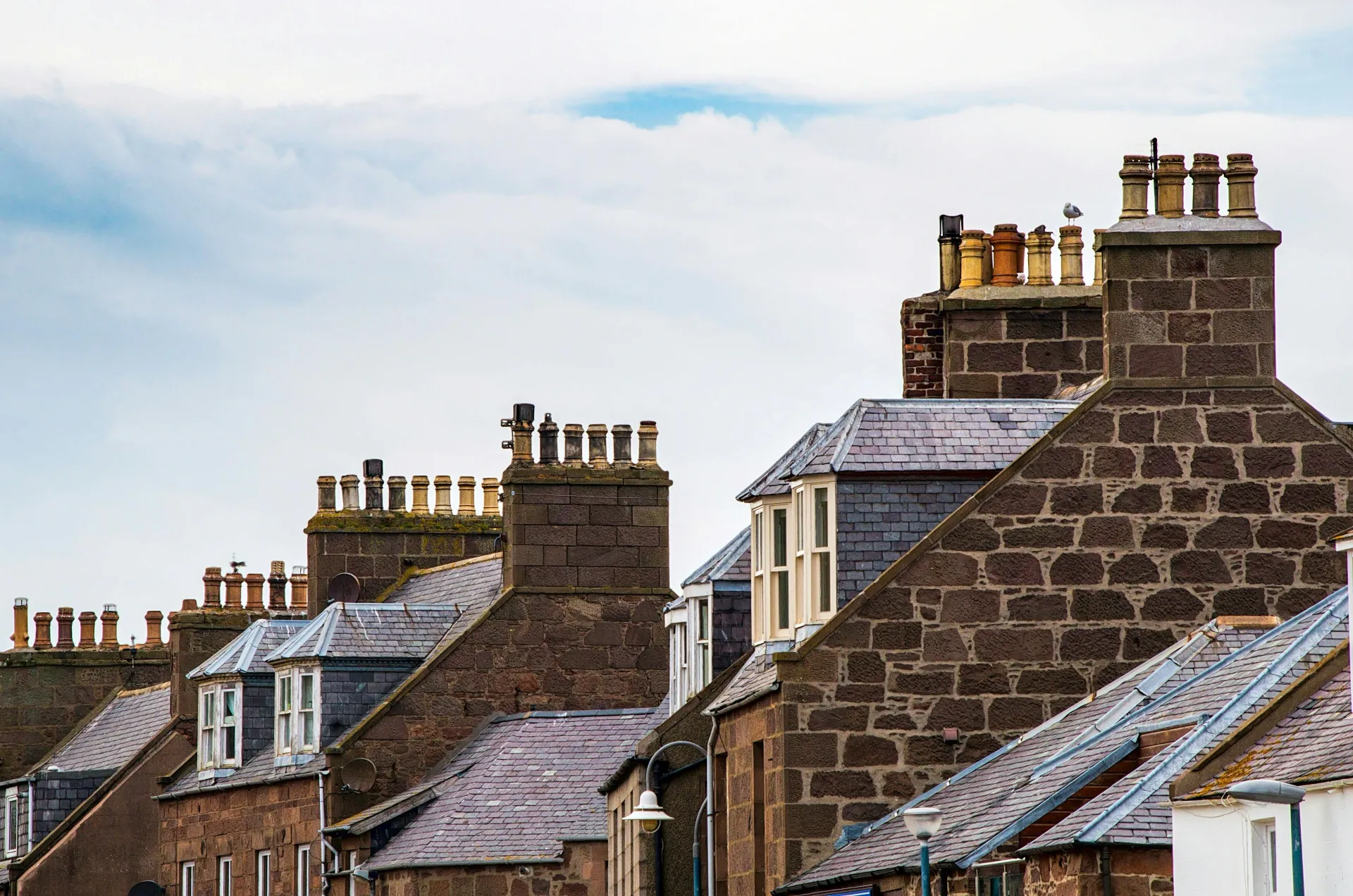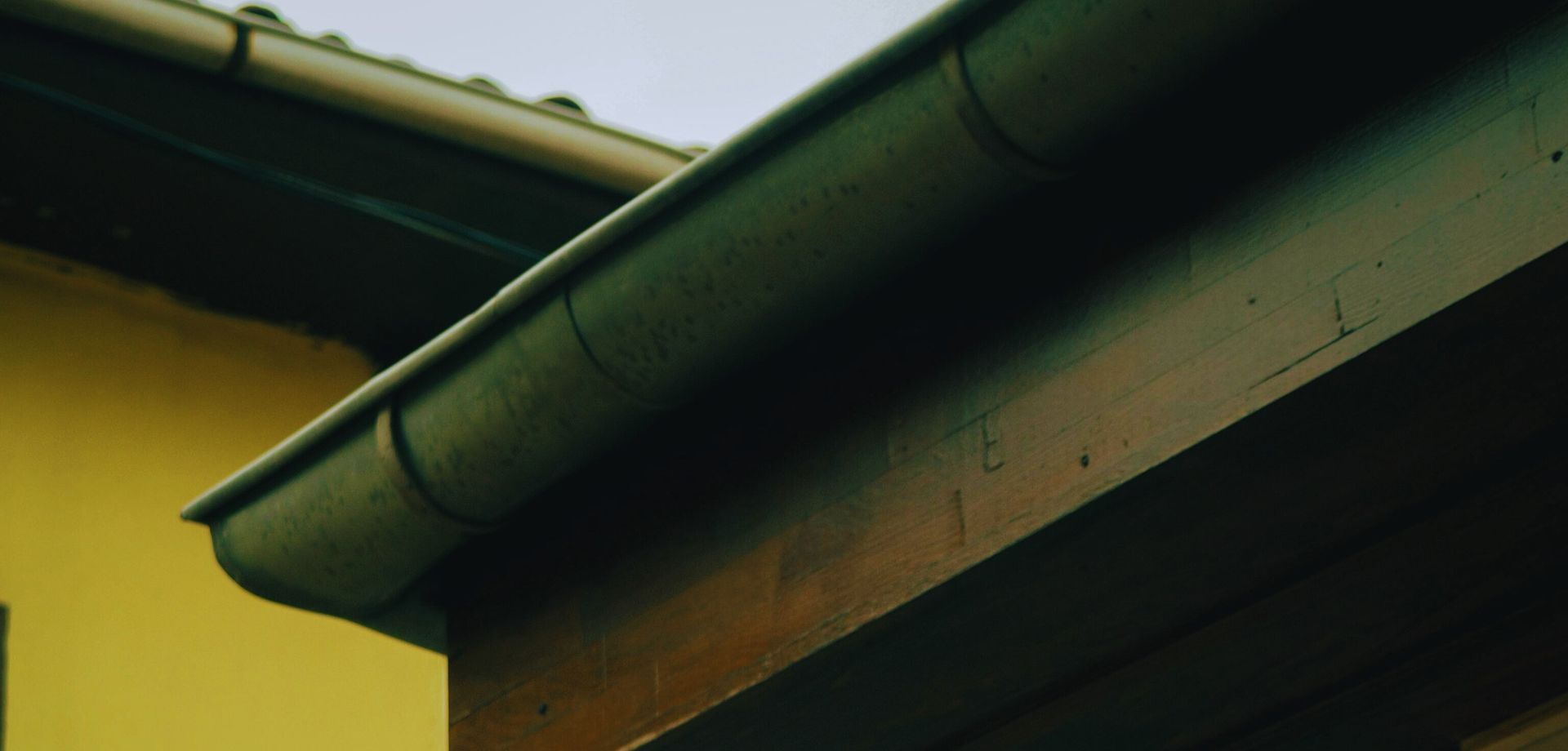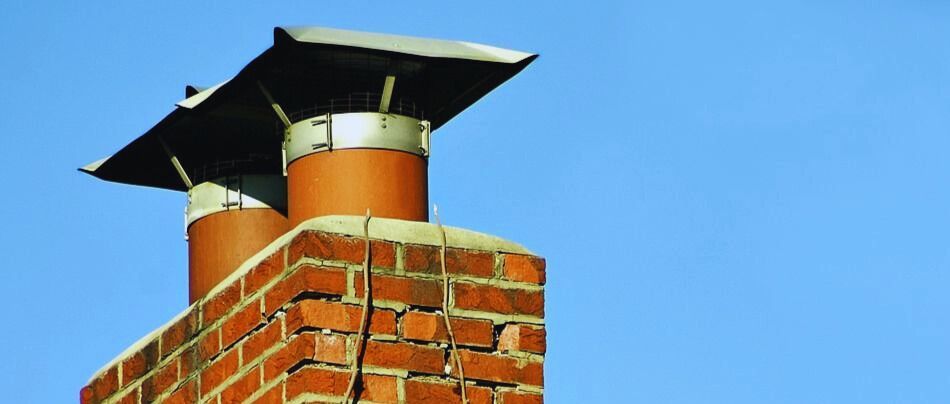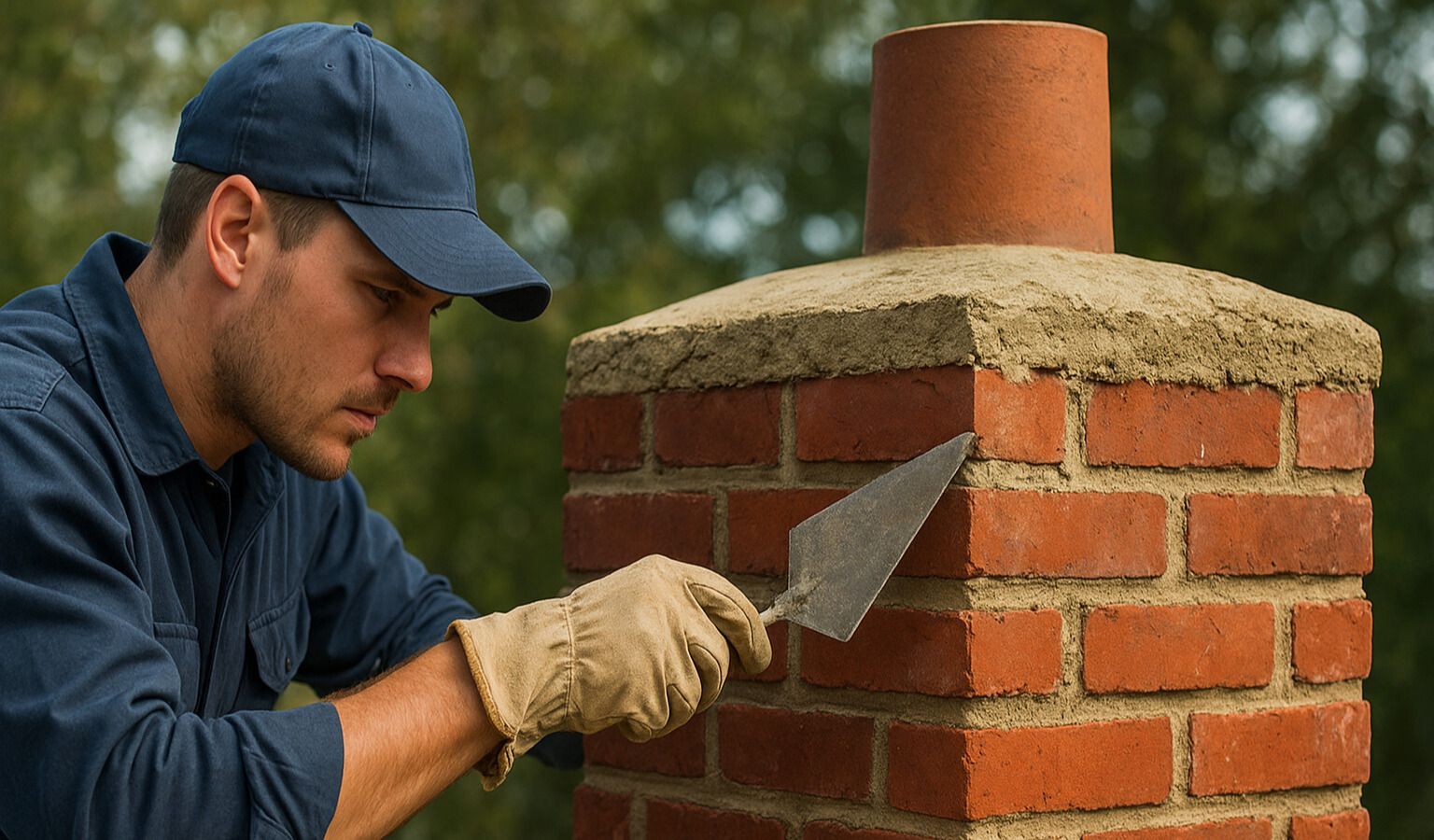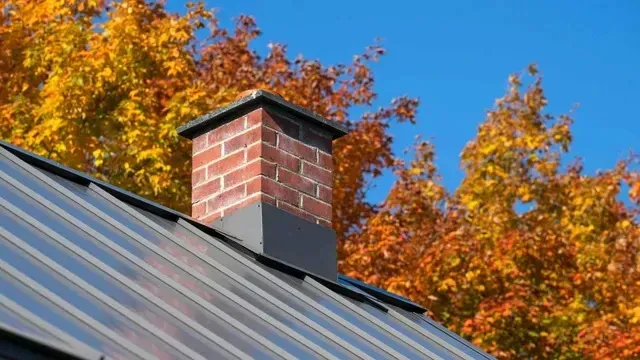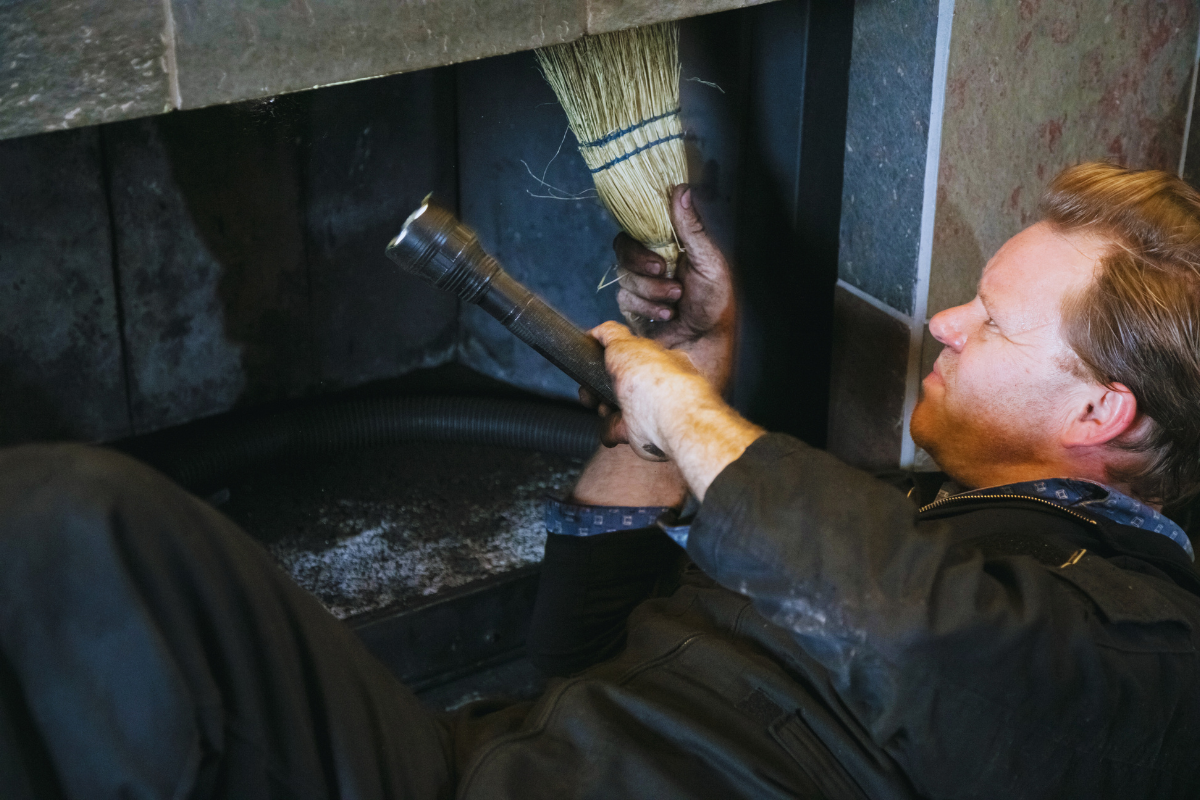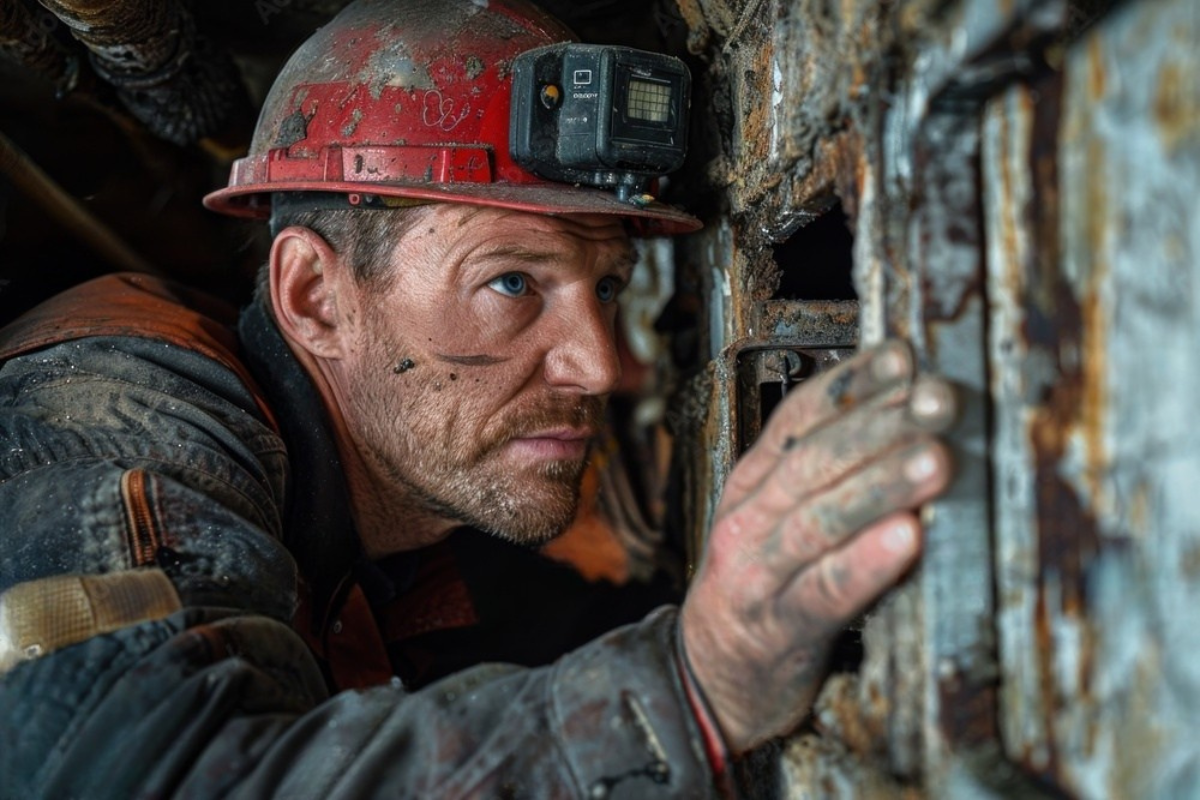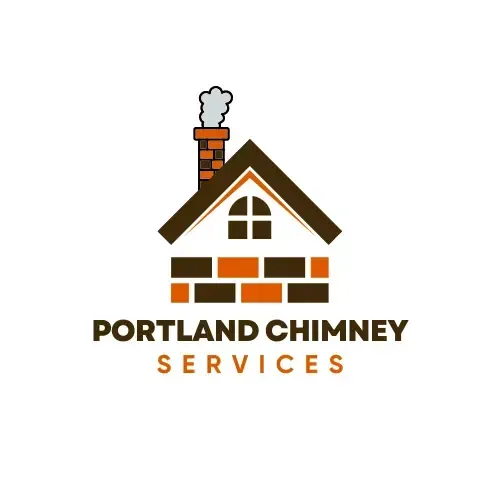Post-Winter Chimney Maintenance: The Essential Checklist for a Safer Home
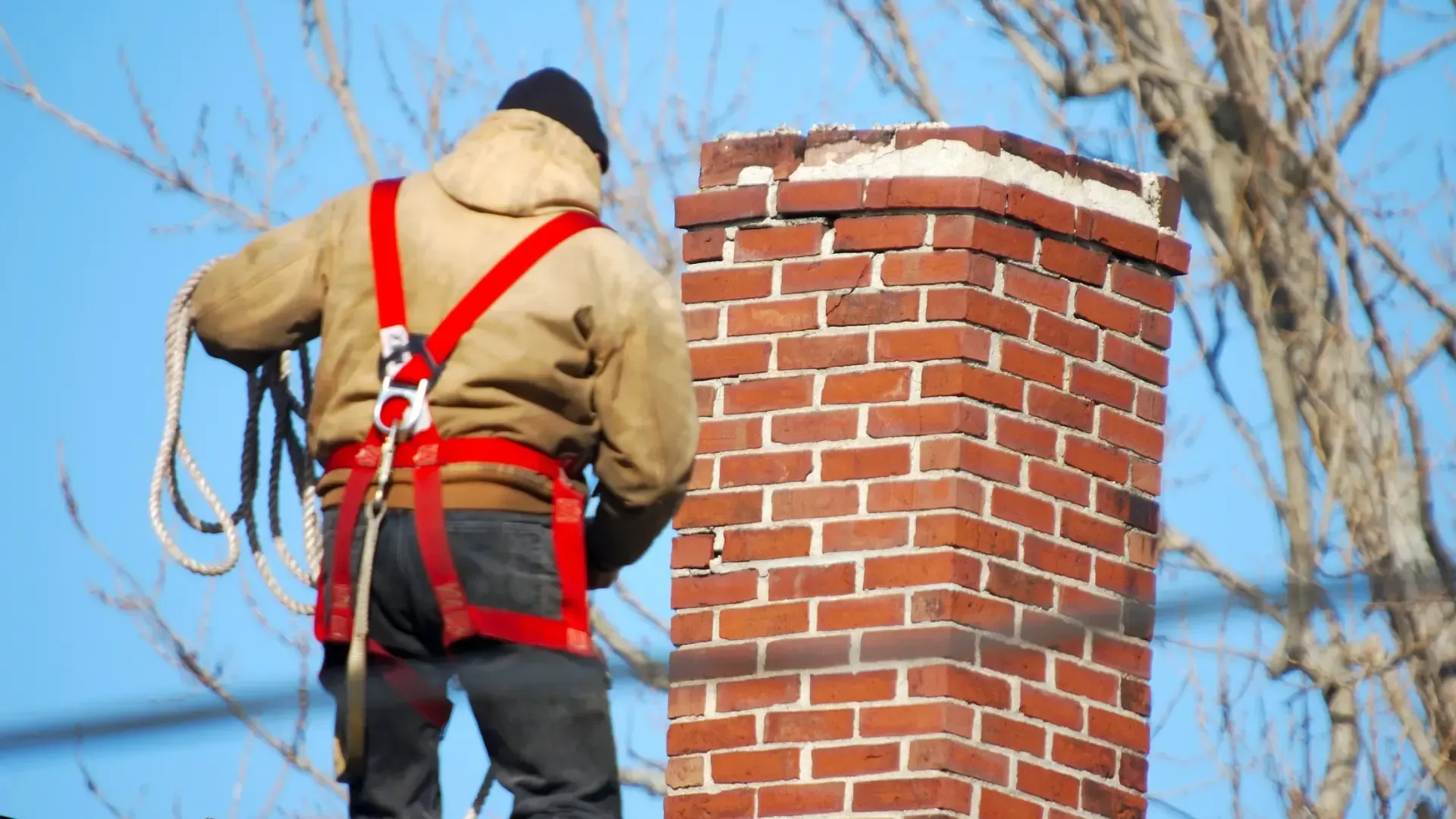
After a long, chilly winter, your chimney has worked overtime to keep your home warm and inviting. But now that the snow has melted and temperatures are rising, it’s time to shift your focus to post-winter chimney maintenance. Ignoring your chimney after winter could lead to safety risks, costly repairs, or even a fireplace that won’t work when you need it next.
In this guide, you’ll learn why this seasonal maintenance is a must and how to handle it the right way. Let’s ensure your chimney is not just clean and safe, but also ready for whatever comes next.
Why Post-Winter Chimney Maintenance Matters
Think of your chimney as the unsung hero of your home during winter. It endured roaring fires, freezing temperatures, and all kinds of weather. But now it’s time to check if it’s still in good shape.
Here’s why post-winter maintenance is so critical:
- Creosote Buildup: Every fire you burned this winter left behind a layer of creosote. This sticky, tar-like substance is highly flammable and a leading cause of chimney fires.
- Winter Damage: Freezing and thawing cycles can create cracks in your chimney’s bricks and mortar, weakening its structure.
- Blocked Chimneys: Debris like leaves, twigs, or even bird nests may have made their way into your chimney during storms or cold snaps.
- Pests: With spring around the corner, animals like squirrels and birds may see your chimney as the perfect place to build a cozy nest.
- Efficiency Concerns: A dirty or damaged chimney doesn’t draft properly, making your fireplace less efficient and harder to use.
What Does Post-Winter Chimney Maintenance Include?
To keep your chimney in tip-top shape, here are the key steps involved in post-winter maintenance:
1. Professional Chimney Cleaning
After winter, your chimney is likely coated with soot and creosote. A professional cleaning clears this buildup, reduces fire hazards, and improves your chimney’s airflow.
A certified local chimney expert will:
- Use specialized brushes to scrub the flue.
- Remove all soot, creosote, and debris.
- Ensure the entire system is free of blockages.
- Annual cleanings are recommended, but if you heavily relied on your fireplace this winter, don’t wait—schedule it now.
2. Chimney Inspection
Winter weather can cause significant wear and tear on your chimney, especially if your area experienced heavy snow, ice, or storms. A post-winter inspection ensures your chimney is safe and sound.
Your technician will check for:
- Cracks in Masonry: These can allow water to seep in, causing even more damage over time.
- Flue Damage: A damaged liner is a major safety risk.
- Water Leaks: Look for stains or dampness around the chimney.
- Chimney Cap and Crown Issues: These components keep water and debris out of your chimney.
Inspections catch small problems before they become expensive repairs.
3. Chimney Repairs
If your chimney inspection uncovers any damage, don’t wait to fix it. Winter conditions can take a toll on bricks, mortar, and other components, leaving your chimney vulnerable.
Common repairs include:
- Tuckpointing: Fixing damaged mortar to keep your chimney strong.
- Crown Repairs: Sealing or repairing the chimney crown to stop water leaks.
- Flashing Repairs: Ensuring the seal between your chimney and roof is intact to prevent leaks.
4. Waterproofing Your Chimney
Moisture is a chimney’s worst enemy. If your chimney isn’t properly sealed, water can seep into cracks and cause serious damage. Applying a waterproofing solution protects your chimney from rain, snow, and ice, extending its lifespan.
5. Chimney Cap Installation
Did you know a chimney cap does more than just keep rain out? It also blocks debris and prevents animals like birds or squirrels from nesting inside. If your chimney cap is damaged or missing, it’s time to replace it before springtime pests move in.
The Risks of Skipping Post-Winter Chimney Maintenance
You might be tempted to skip chimney maintenance now that the fires have gone out for the season. But neglecting this crucial task can lead to:
- Chimney Fires: Creosote buildup is a leading cause of chimney fires.
- Costly Repairs: Small cracks or leaks can worsen over time, resulting in expensive fixes.
- Carbon Monoxide Risks: A blocked or damaged chimney can allow dangerous gases to enter your home.
- Lower Efficiency: Your fireplace won’t heat as effectively, wasting energy and money.
Regular maintenance isn’t just a good idea—it’s a smart investment in your home’s safety and comfort.
When to Call the Experts
Post-winter chimney maintenance isn’t a DIY job. While you might be able to clean out ashes or inspect the exterior, a professional chimney sweep has the tools and training to do the job thoroughly.
Certified experts can spot hidden issues you might miss and ensure your chimney meets safety standards. Plus, they can recommend preventive measures to keep your chimney in great shape year-round.
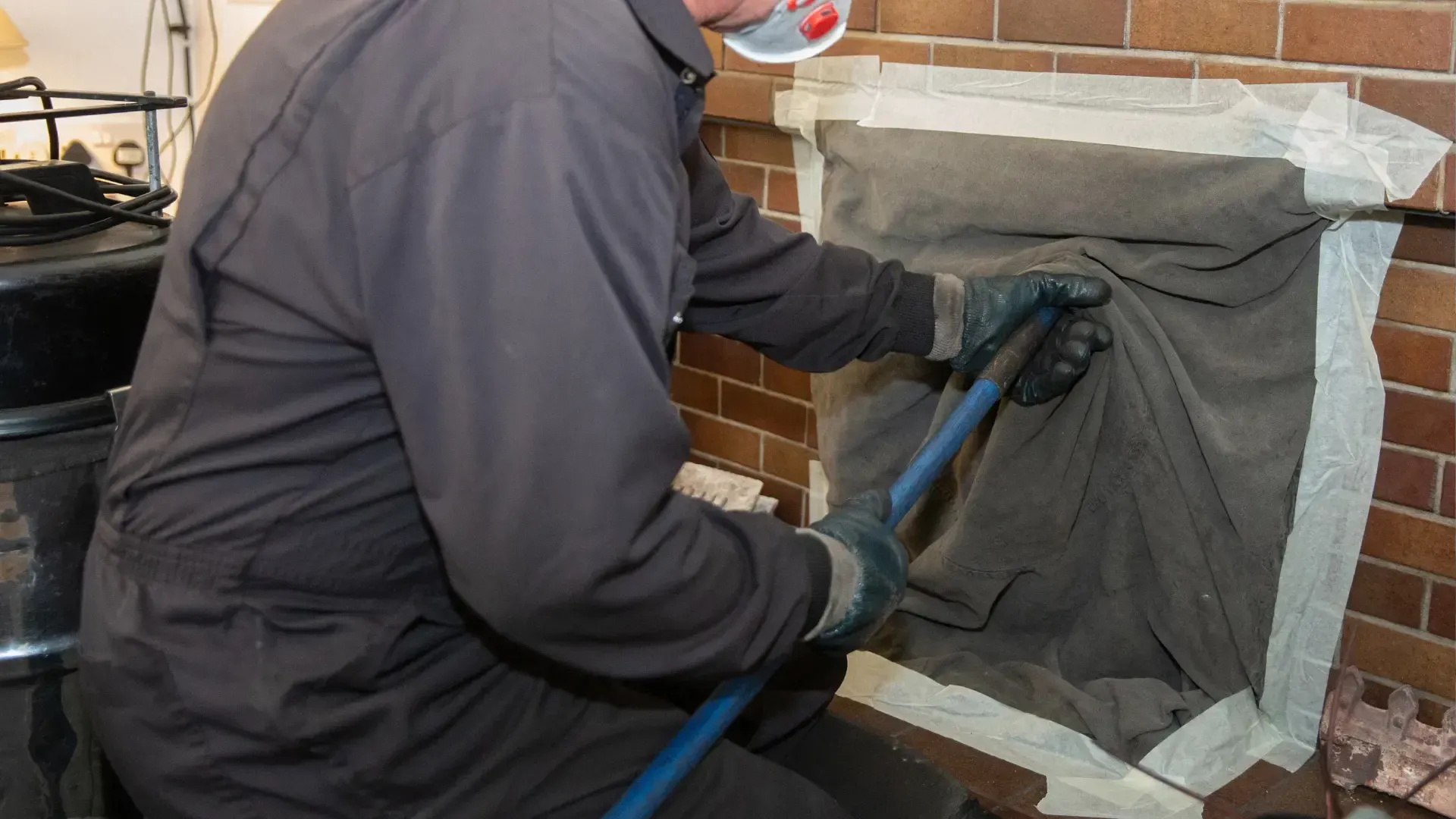
FAQs
How often should I clean my chimney?
You should clean your chimney at least once a year, especially after heavy winter use.
What is creosote, and why is it dangerous?
Creosote is a flammable residue that builds up inside your chimney when you burn wood. If left unchecked, it can cause chimney fires.
Can I inspect my chimney myself?
While you can check for obvious damage, a professional inspection is recommended to spot hidden issues like flue cracks or structural weaknesses.
What’s the best way to prevent animals from entering my chimney?
Installing a chimney cap with a mesh screen is the most effective way to keep animals out.
Is waterproofing my chimney really necessary?
Yes! Waterproofing protects your chimney from water damage, especially after the freezing and thawing cycles of winter.
When is the best time for post-winter chimney maintenance?
Early spring is ideal. It gives you time to address any issues before they worsen and prepares your chimney for the next season.
Your Local Chimney Experts Are Here to Help
Post-winter chimney maintenance doesn’t just keep your home safe—it gives you peace of mind. Whether you need a deep cleaning, a detailed inspection, or minor repairs, calling local professionals is the best way to ensure your chimney is ready for the next season.
If you’re ready to schedule your chimney service, check out our full range of Chimney Services. Need specific repairs or cleaning? Learn more about our Services. Or simply Contact Us to book your appointment today!
Your chimney worked hard this winter—now it’s time to give it the care it deserves. Let’s make sure your home stays cozy, safe, and efficient for years to come!
